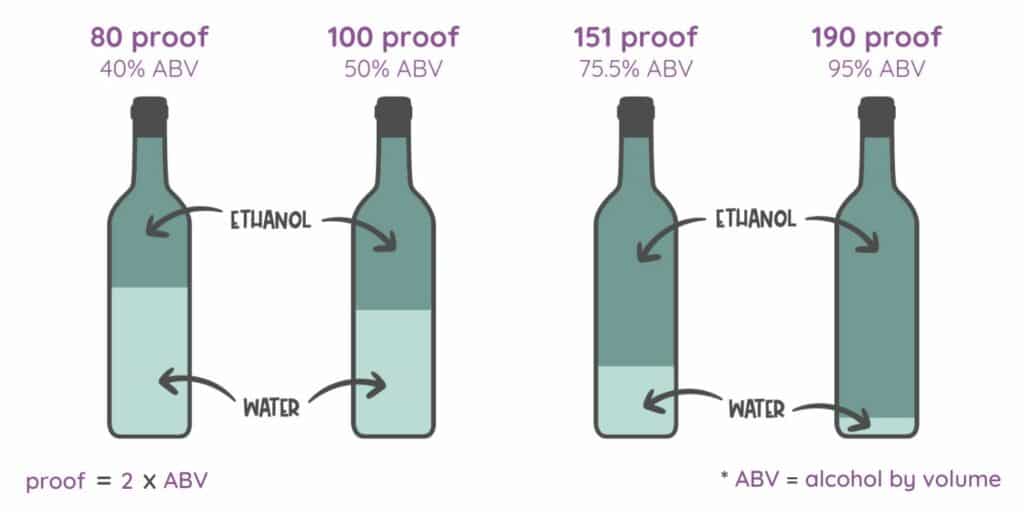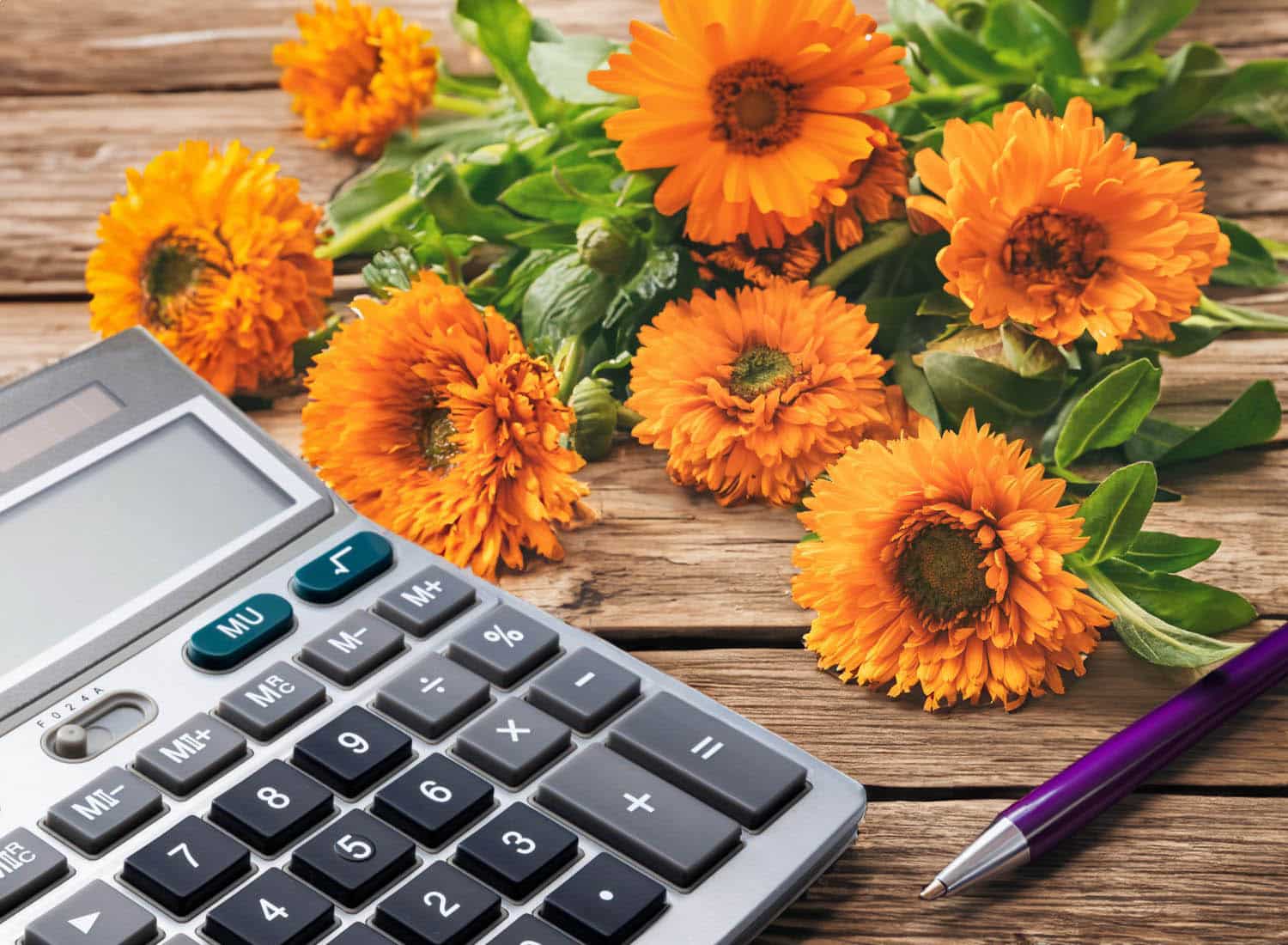I’m a big (YUGE) fan of the “folk method” of tincturing.
Herbalists who practice this method rely on their senses and experience instead of precise measurements and formulas. The folk method is simple, intuitive and flexible and, because it doesn’t require a lot of measuring and math, it’s appealing to those of us who prefer a more natural and less technical approach to herbalism.
“Work smarter, not harder” is one of my favorite mantras.
While the folk method produces a perfectly good tincture for personal and home use, herbalists still need to consider factors such as safety, dosage and potential herb-drug interactions. There are also times when the folk method just isn’t sufficient.
For example:
- If you need a tincture with of a certain potency and efficacy that is consistent and reproducible. This is particularly important in clinical herbalism and in research settings.
- When tinctures are produced for commercial distribution, standardized preparations become important, so each dose or dropperful of the tincture delivers a known and consistent amount of therapeutic compounds.
- Certain herbs, such as Lobelia inflata, are quite potent or even toxic in high concentrations. Precise measurements are needed to avoid creating tinctures that are too strong or, in some cases, unsafe for consumption.
There’s another reason why we might need to forego the folk method for a more precise method. What if you want to use a blend of alcohols with different proofs?
Say we want to make a tincture of fresh Oregon grape root/bark that, according to Richo Cech’s guidelines in Making Plant Medicine, requires a menstruum of 60% alcohol. 60% is easy enough to achieve by diluting a higher proof alcohol with water, but what if we want to incorporate a bit of brandy into our preparation for flavor?
How do we know how much 151-proof grain alcohol and 80-proof brandy are needed to make 60% alcohol?
A review of some basics
How do you know how much alcohol is in the spirits you’re working with?
Take a look at the bottle. Distilled spirits such as whiskey, vodka, rum and other liquors are going to be clearly marked with a proof number.
Proof is a measure of a spirit’s alcohol content. The proof system used in the United States is based on a scale that is twice the alcohol by volume (ABV) percentage.
So the formula for converting alcohol by volume (ABV) to proof (or the other way around) is: proof = 2 x ABV
Or in other words, take the proof and halve it to find the ABV.

Without the complication of the added brandy, it’s simple enough to eyeball 60% by diluting 151-proof (75% alcohol) Everclear with a bit of distilled water. When figuring out an approximate dilution, this is roughly how my internal dialog goes:
“Okay, so adding 1 cup of water to 1 cup of 151-proof will drop it to about 38% alcohol (half of 75.5%) — way too low. Since 60% is about one-third less than 75%, adding about 1/3 cup of water to 1 cup of Everclear, should get me close.”
190-proof is even easier. Since it’s *almost* 100% alcohol, we can round up for the sake of simplicity. Now you only need to dilute it with about 40% water to approximate 60% alcohol. Easy peasy.
But with the requirement of the added brandy, the math gets a bit more complicated and we’ve officially left “folk method” territory.
Weight to volume
The “weight-to-volume” method is a more formal and precise approach to tincture making. With this method, specific measurements are used to determine the weight of the herb in relation to the volume of the solvent (menstruum) used for extraction. This approach allows herbalists to create standardized tinctures with consistent potency and dosages.
Herbalists will specify a particular ratio of herb to solvent to achieve a standardized tincture. Common ratios might include 1:2 or 1:5, indicating the weight of the herb to the volume of the solvent. Next to the ratio, you will also see the alcohol percentage specified.
For example, if you see 1:5 60%, that means that you should use one part herb by weight to five parts solvent (60% alcohol in this case) by volume. So 1 weighed ounce of herb should be combined with 5 fluid ounces of 60% alcohol.
Calculating dilution
In the Oregon grape root example we started above, we need a final dilution of 60% alcohol. This means that we need to start with a higher-proof neutral grain alcohol — either 151 proof (75.5% alcohol) or 190 proof (95%).
Assuming the brandy you have is 80 proof, we know it contains 40% alcohol. So how much brandy do we need to add to our neutral grain alcohol to bring it down to 60% total alcohol content?
The formula looks something like this, where ABV #1 is the percent alcohol of the spirit with the higher alcohol content:

To use the formula, simply plug in the known numbers.
In this example, ABV #1 is the 151-proof Everclear, which contains 75.5% alcohol. So ABV #1 = 75.5
ABV #2 is the 80-proof brandy (40% alcohol), so ABV #2 = 40
Our end goal is 60% total alcohol, so goal ABV = 60
Since there are two unknown variables in this equation — volume #1 and volume #2 — we need to pick placeholder for volume #1 (the alcohol with the higher proof).
After playing around with the numbers a little, I went with 8.5 fluid ounces for volume #1 based on an educated guess of about how much total liquid it would take to fill my pint jar. Since we only need to reduce the higher proof alcohol by 15%, we know we’re going to need only slightly more Everclear than brandy, so I chose a number slightly more than half of the 16 ounces needed to fill my jar.
Here’s the formula using the above example:

8.5 fluid ounces of 151-proof grain alcohol plus 6.59 ounces of 80-proof brandy will give you just over 15 ounces of 60% alcohol (pretty close to what you’ll need to fill a pint jar full of chopped herbs).
Well that’s cool, but what if 190-proof is what you have on hand?
In that case, we know ahead of time that it’s going to take significantly more brandy to bring the 95% alcohol down to 60%, so I started with a smaller amount of Everclear (5 ounces).

So 5 fluid ounces of 190-proof grain alcohol plus 8.75 fluid ounces of 80-proof brandy will give you just shy of 14 ounces of 60% alcohol.
You can adjust the total volume up or down as needed, just keep the ratios consistent.
You can use this formula to figure any combination of alcohol proofs.
Clear as mud?
There’s an easier way.
Try my Tincture Dilution Calculator. (Work smarter, not harder)



